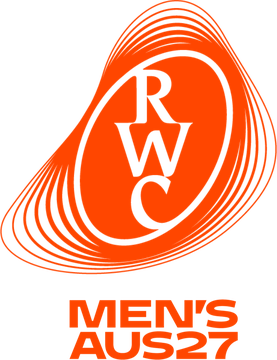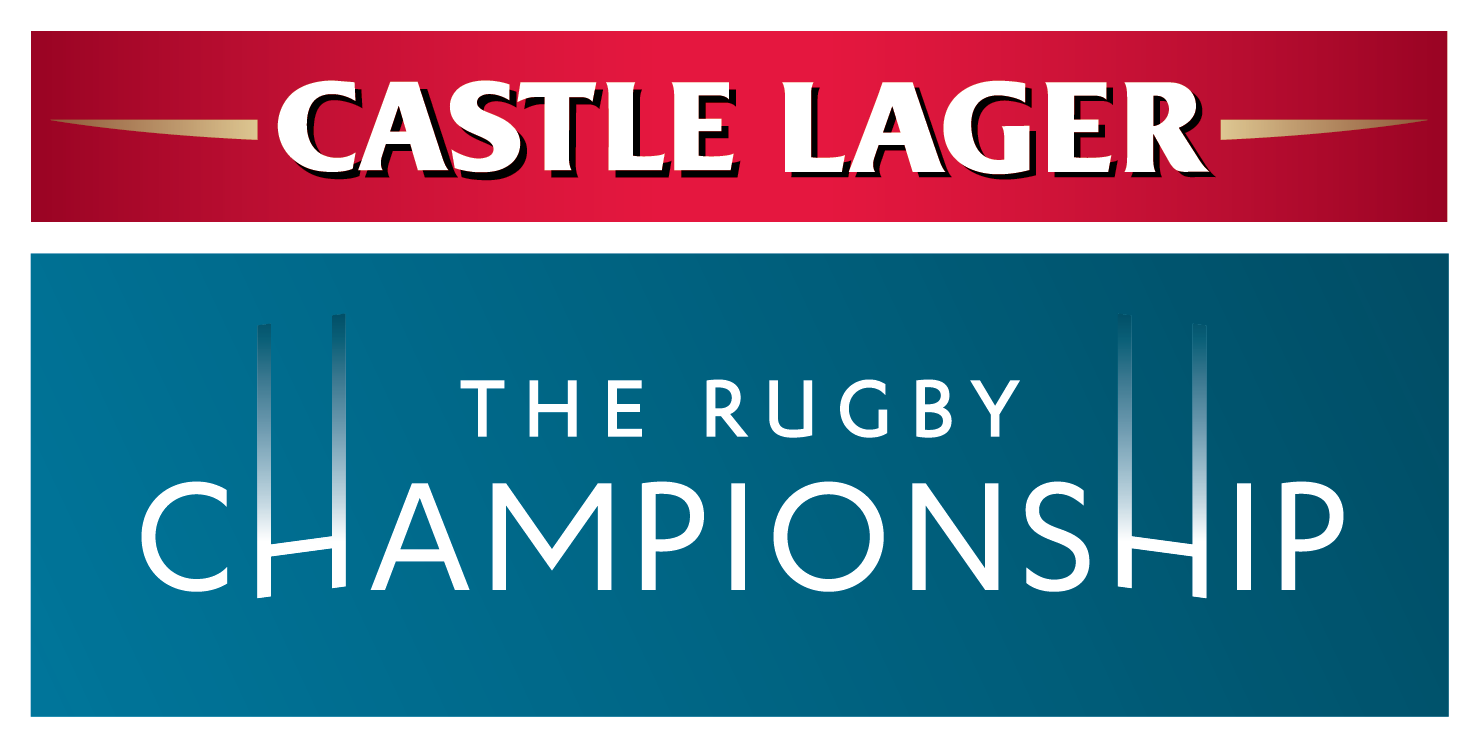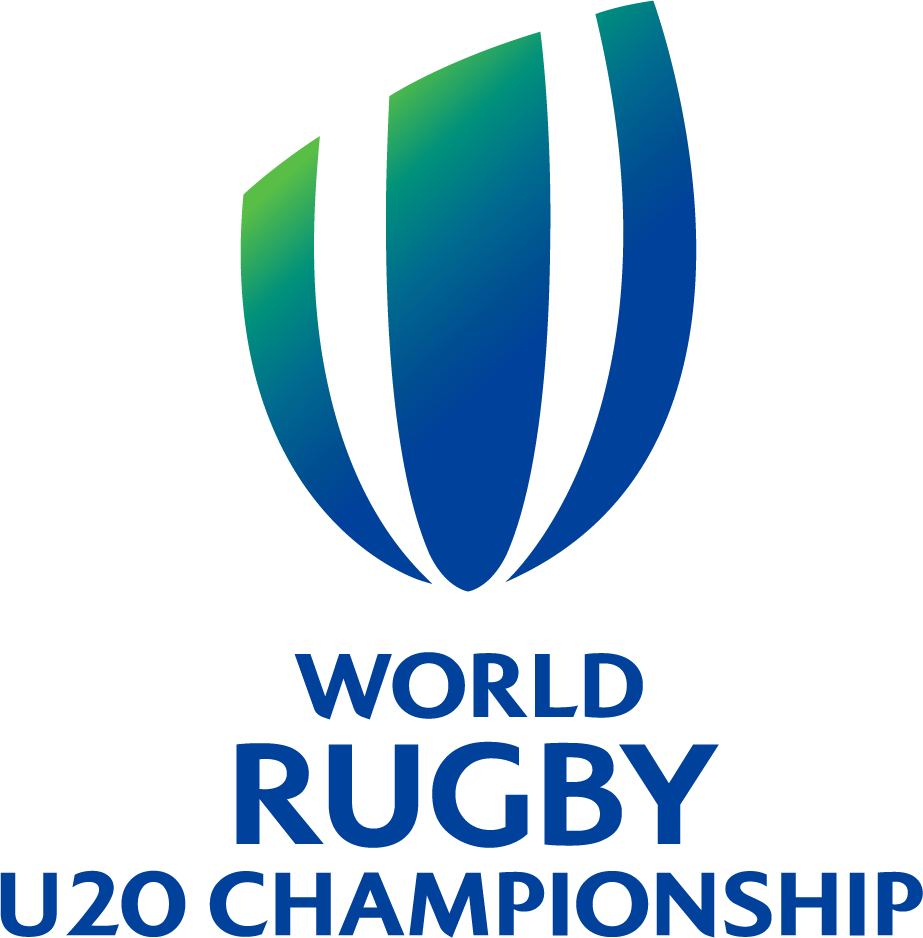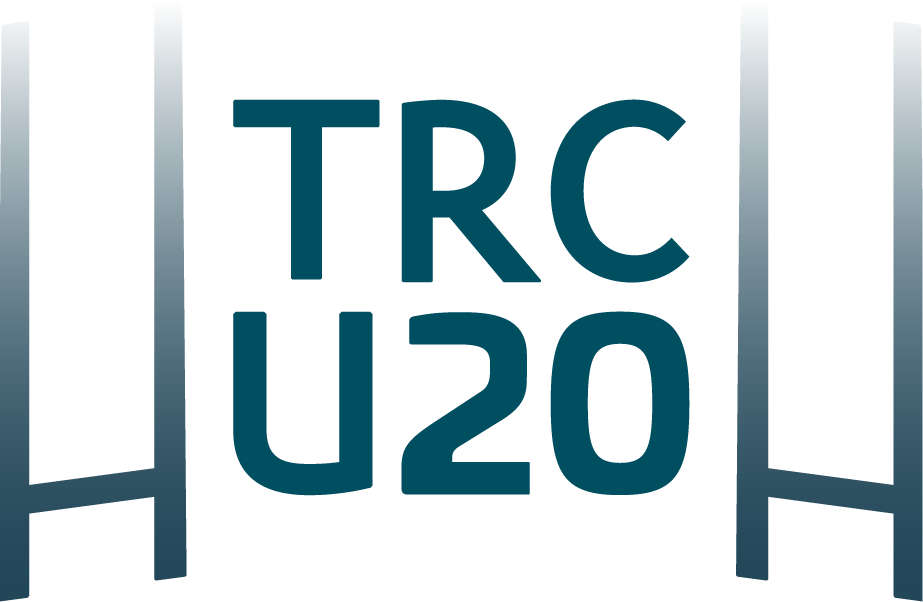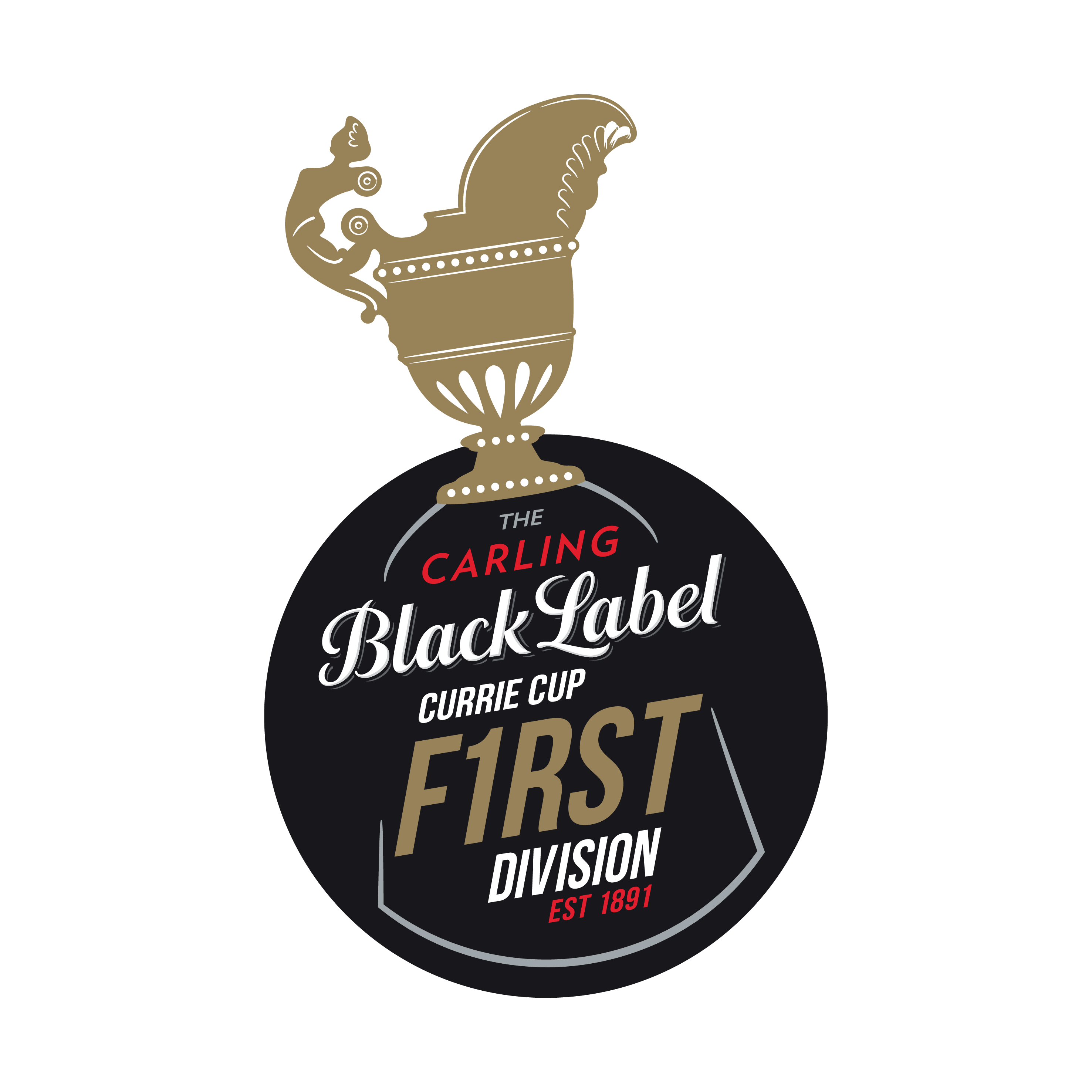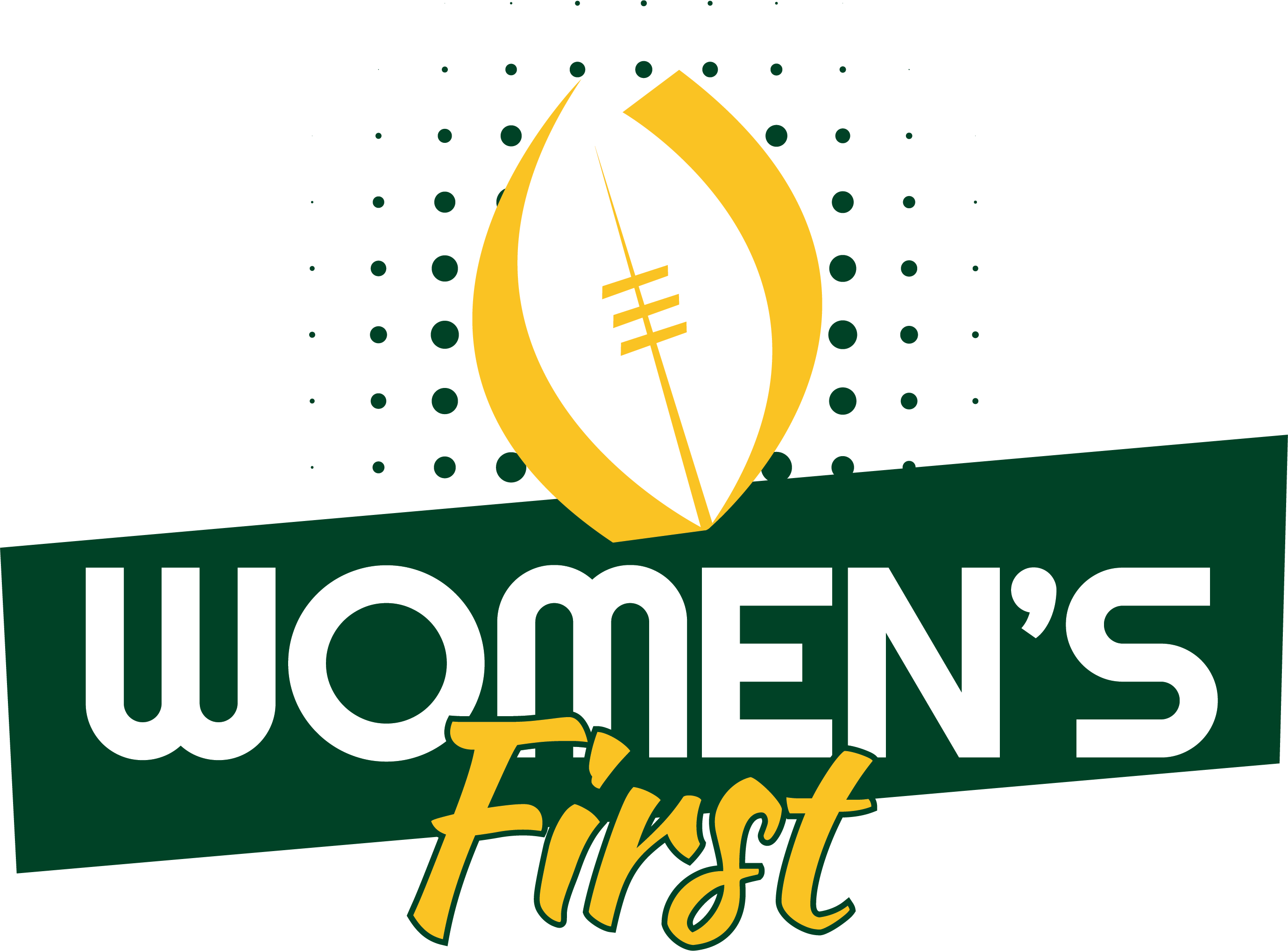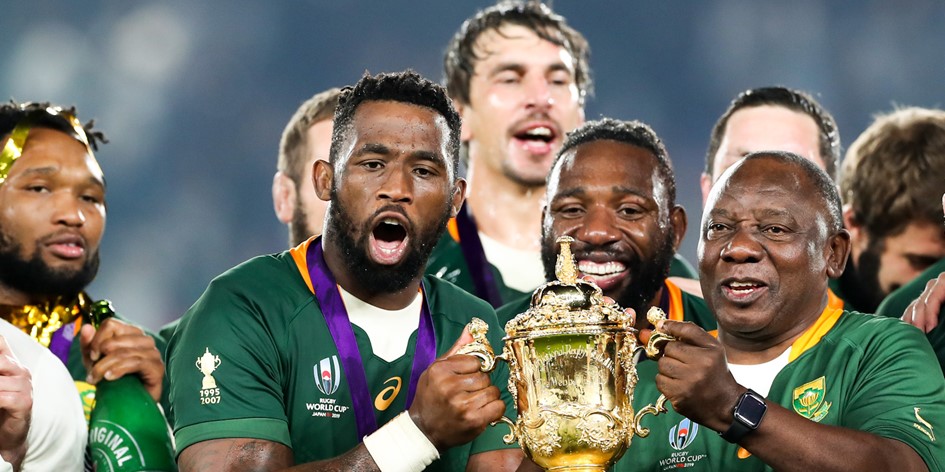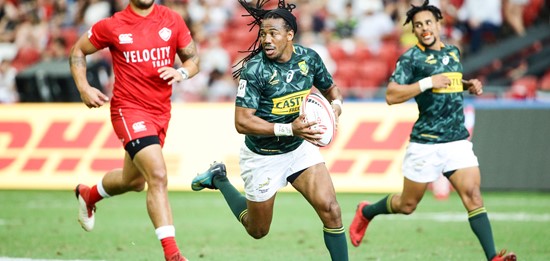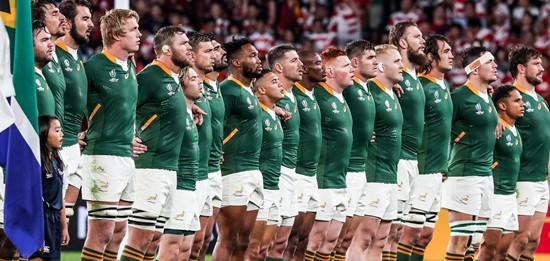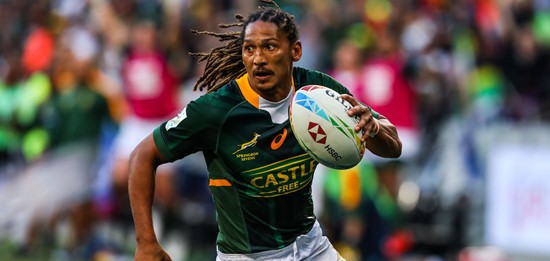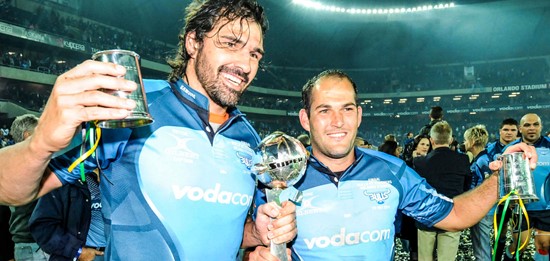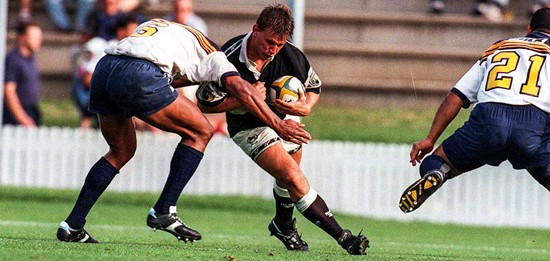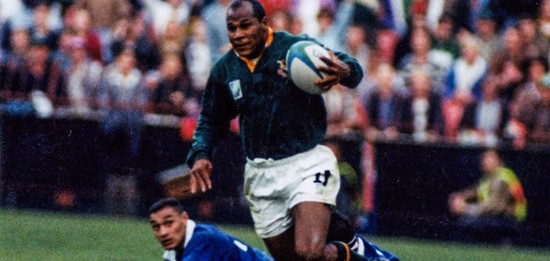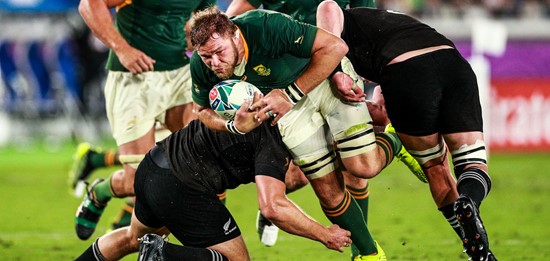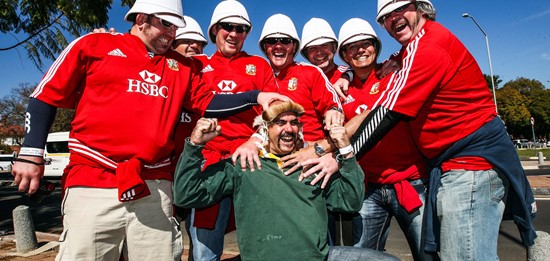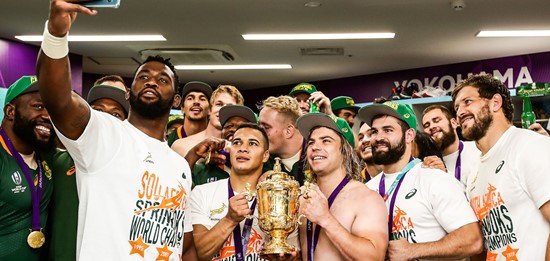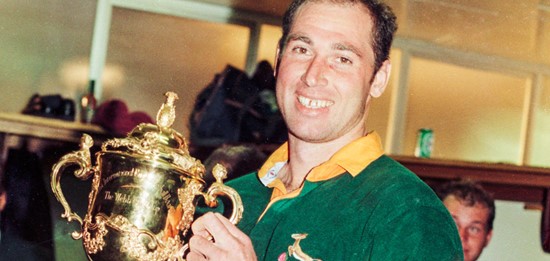In the first year of the organisation’s refocused Strategic Transformation Development Plan 2030 (STDP 2030), SA Rugby achieved success in 38 of its 47 areas of measurement in the dimensions of access; demographics and empowerment:
- The numbers of rugby-playing schools and clubs exceeded the targets
- Demographic targets for generic black players and black African players were achieved in eight out of nine national teams
- 16 of 18 targets were achieved in coaching, refereeing, team support staff, board members and SA Rugby staff.
The nine areas in which SA Rugby was short of its targets were in black sports psychologists; failing to field either an under-18 women’s national team or U16/U17 male national teams and at the senior male national level where the target for black African representation was achieved but generic black representation was at 38% to a target of 45%.
“We are very satisfied with the progress we have made,” said Jurie Roux, SA Rugby CEO.
“The advances made in the first year of STDP 2030 is a testimony to the commitment of the organisation to our goals and the benefits that will accrue to the sport as well as the nation when we succeed.
“It’s great credit to our rugby department and strategic performance management department that we’ve been able to go into high gear in our transformation process.”
Roux also praised all 14 provincial unions who had each achieved a minimum of 60% of their agreed targets in the provincial barometre, which was measured against similar dimensions at a provincial level.
“The collective responsibility taken by provincial leadership has been commendable,” said Roux. “Their improvement impacted on the national improvement.”
The results show a marked improvement on the findings of the Eminent Persons’ Group, which reported its 2018 findings over the weekend.
SA Rugby was praised in the report for “the high quality of data input” with an overall barometre achievement of 59%, which was consistent with the previous two years.
The EPG – established by the Department of Sports, Arts and Culture – sets the pass mark at 50 percent, the point at which federations can face sanctions from the minister.
The EPG also referenced the separate National Transformation Charter – which set goals for sport to achieve by 2030. Against those future measures SA Rugby achieved 43% achievement in 2018. However, the impact of the 2019 initiatives had seen that rise to 61% in SA Rugby’s audit.
“It’s clear that the first year of STDP2030 was a positive step in the right direction on our collective transformation journey towards an accessible, equitable, sustainable, demographically representative and competitive rugby system,” said Roux.
“We have many exciting challenges such as growing the game of women’s rugby and to continue to increase the number of black Africans at all levels of the game.
“But we moved the needle in 2019 in areas such as B-BBEE compliance among the membership with 80% now reaching Level 4 or better, and we expect to do the same in other focus areas between now and 2030.”
Details of SA Rugby’s transformation performance can be found in the Annual Report here: https://www.springboks.rugby/en/pages/governance







